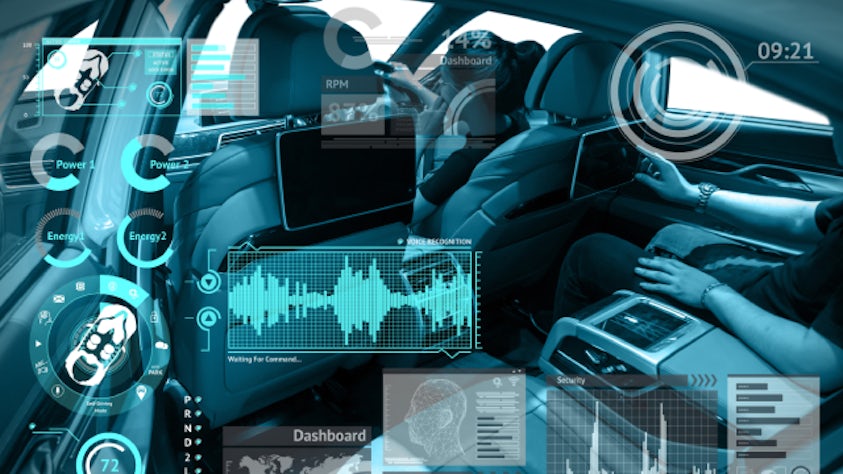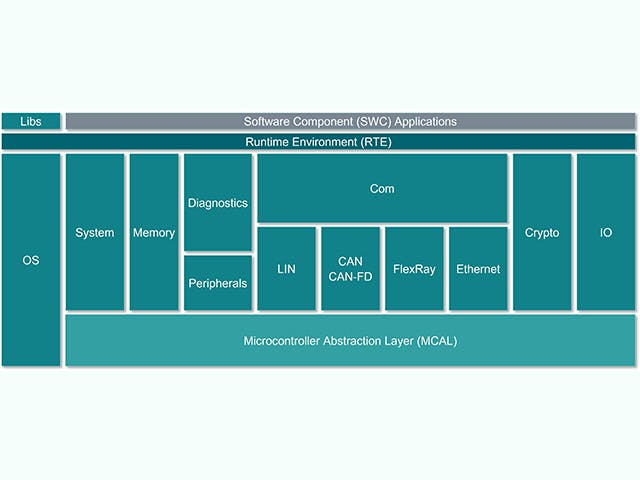What is the difference between Ethernet and automotive Ethernet?
The differences between Ethernet and automotive Ethernet are in the physical layer. The communication above is IP as per other Ethernet types. The physical layer has been optimized around the automotive use cases, 100Base-T1 and 1000Base-T1 are switched networks as standard Ethernet, but the Phy transceivers and cables are different, using lower cost single twisted pair with full duplex communication, rather than dual twisted pair, this may be Shielded (STP) or Un-shielded (UTP) twisted pair depending on needs. 10Base-T1S is also a single twisted pair, but a multi-drop bus (like CAN), rather than a switched network.
This is different to diagnostics over IP (DoIP) used for the connection to the SAE J1962 diagnostic socket by many automotive OEMs, which is standard 100Base-TX ethernet, 4 wire, dual twisted pair.
Why is Ethernet used in automotive?
Communication among electronic control units (ECUs) has become more complex, and network throughput has grown in bandwidth with increased software functionality in cars. Ethernet-based communication offers high bandwidth and higher flexibility for integration with cloud services and consumer products. And while it may add a more complex set of standards and protocols, they are more scalable than specialized automotive networks with the same communication software used to make updates easier over time.
What is the bandwidth of automotive Ethernet?
The first version of automotive Ethernet developed by Broadcom as BroadR-Reach, then standardized by the OPEN Alliance SIG as IEEE 100Base-T1 has a baud rate of 100Mbits/sec. Subsequently 1000Base-T1 has been standardized offering 1Gbit/sec, and 10Base-T1S is the latest offering a lower cost physical layer supporting 10Mbits/sec to provide an alternative to FlexRay and high baud rate versions of CAN bus. Multiple baud rates of Ethernet can be used together on the same architecture, without complex gatewaying of different protocols, easing the scalability over the life of a given E/E architecture.
Meet legislation and safety requirements with automotive Ethernet communication
The information on vehicle networks is of mixed-criticality – some are safety-related or legislated, while others are for the driver's comfort or convenience. The simultaneous need to communicate safety-related and non-safety-related information introduces requirements for processing and presenting such data and network design. Ethernet networks provide additional configuration options for the network designer. They can use various levels of protocols, methods and elements to ensure that priority data, signals and services are available promptly while allowing multiple types of data on the same physical network.
Automotive early design verification
There are many benefits that automotive Ethernet brings compared to traditional automotive communication protocols, but it must be adequately designed to embrace its potential fully. Additionally, OEMs have design rules and standards instructing the network design engineers which protections to use in system design scenarios. Automotive software solutions help with setting up a design model, enabling consistency checks to guide the designer toward problems and making sure the networks are correct by design and consistently described in the software configuration outputs.


